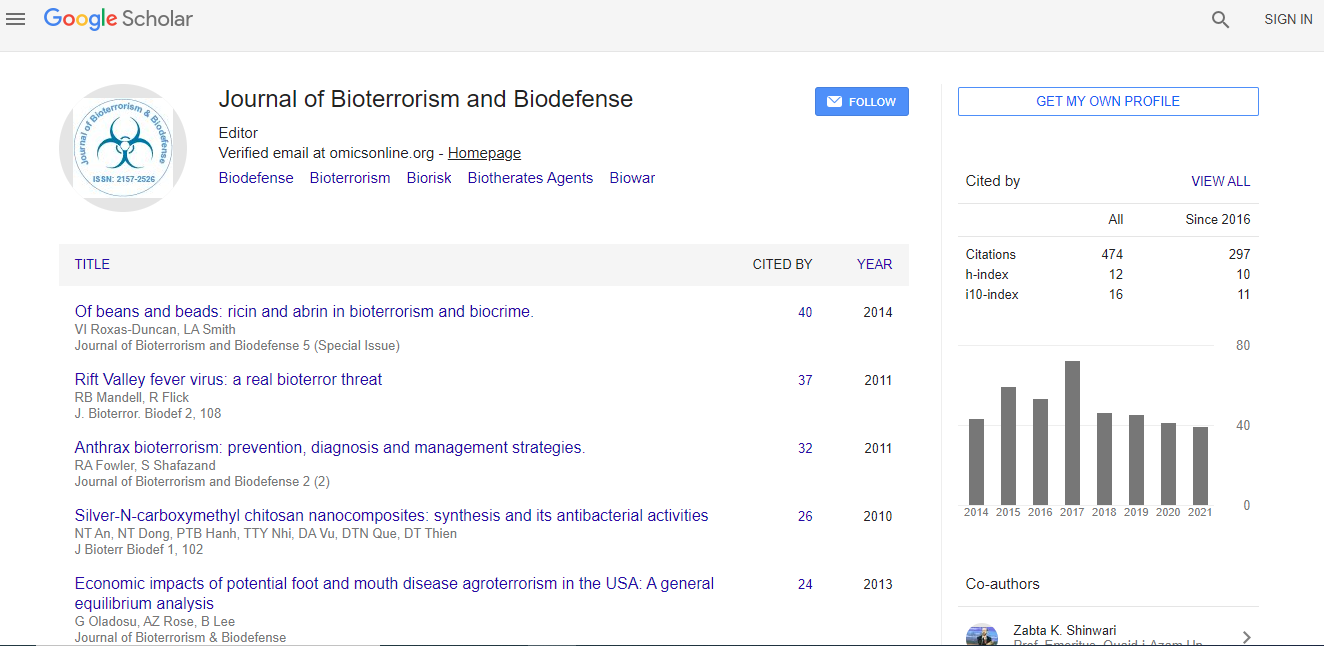Bringing to widespread public use latest technologies and innovations in vaccines and immunization: A point of view from a developing country - Mozambique
Abstract
Despite the generalized consensus that most effective technologies are useless if not widely used, between the discovery of the various effective vaccines and their widespread use it has always elapsed a long time. In the past, among others, two main factors have justified this long gap of time: widespread use of vaccines implies a complex managerial and logistic delivery system and the introduction of new vaccines imply costs. Money is not always available, particularly in developing countries. In 1974, the EPI programme approved by WHO and recommended to be implemented all over the world, was a gigantic step forward to create the managerial and logistic system to deliver vaccines. At same time, a new era of vaccine promotion started, to raise conscience of vaccines as one of the most cost/effective measures in Public Health. However, even after the EPI was widely adopted all over the world, there has been always a considerable period, between the discovery of new vaccines and their introduction in EPI national programmes. In recent years, a lot of progress had been made in vaccine research and development and a great number of new vaccines were approved for public use and some are still on the pipeline. However, the time between the approval of a vaccine for public use and its effective widespread use is still much more than the desirable and there still are a lot of underutilized vaccines. To complicate the situation, in the last 10 to 20 years, an unexplainable anti-vaccine lobby has been very active, involving many Medical Doctors, to discourage the general public to use vaccines. On the other side, the paradigm of the original EPI programme was based on vaccines for children and women in the fertile age. This was understandable, because, at the time, the important task was to address priority problems. In the last 20 to 30 years, the conscience of the health professionals has moved to realize that there are also very useful and effective vaccines for teenagers, elderly people and adults that should not remain underutilized. Consequently, the EPI paradigm has changed, to include a much bigger number of vaccines. With well-established EPI Programmes, in almost all countries of the world, the managerial and logistic delivery system problems are solved (or, at least, they are not very constringent any more) and the financial constraints to bring to widespread public use an increasing number of vaccines became the main issue, but not the only one. Therefore, now a day, the great challenge is how to reduce the time gap between the approval of a vaccine for public use and its effective widespread use. In this paper, the author uses his wide technical and managerial skills and experience to present suggestion on how to minimize this problem

 Spanish
Spanish  Chinese
Chinese  Russian
Russian  German
German  French
French  Japanese
Japanese  Portuguese
Portuguese  Hindi
Hindi 